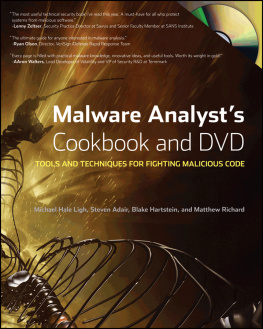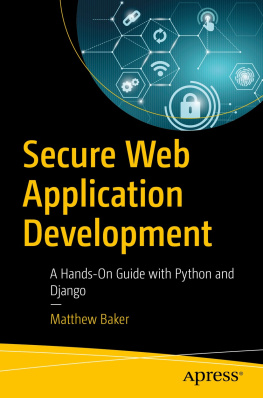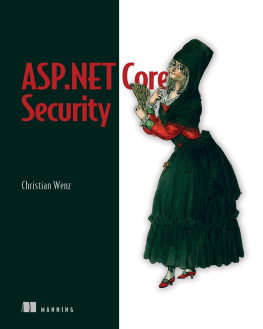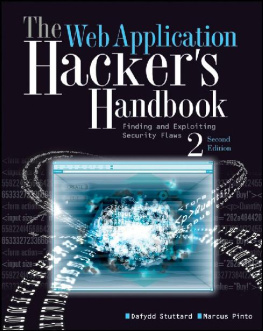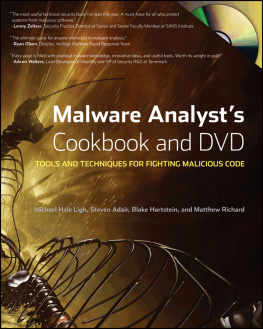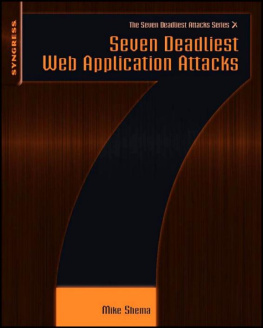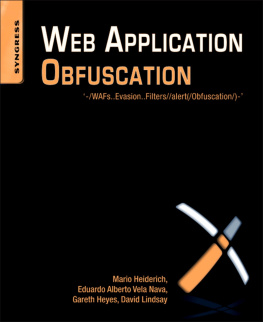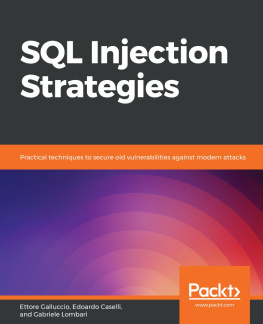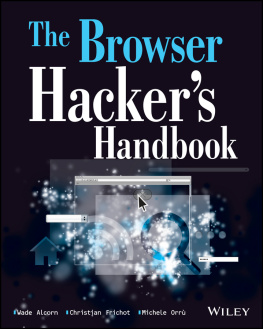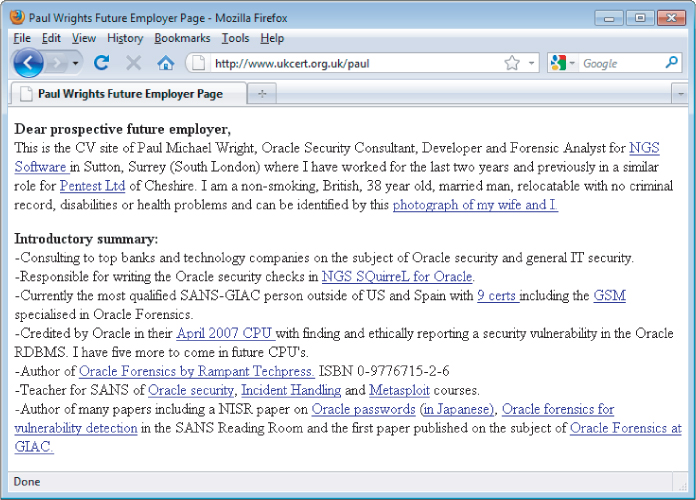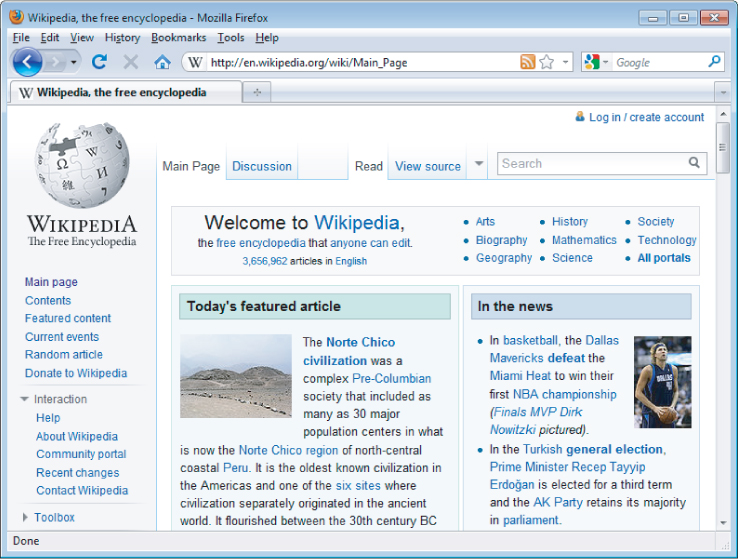Dafydd Stuttard - Attack and Defend Computer Security Set
Here you can read online Dafydd Stuttard - Attack and Defend Computer Security Set full text of the book (entire story) in english for free. Download pdf and epub, get meaning, cover and reviews about this ebook. year: 2014, publisher: Wiley, genre: Computer. Description of the work, (preface) as well as reviews are available. Best literature library LitArk.com created for fans of good reading and offers a wide selection of genres:
Romance novel
Science fiction
Adventure
Detective
Science
History
Home and family
Prose
Art
Politics
Computer
Non-fiction
Religion
Business
Children
Humor
Choose a favorite category and find really read worthwhile books. Enjoy immersion in the world of imagination, feel the emotions of the characters or learn something new for yourself, make an fascinating discovery.
- Book:Attack and Defend Computer Security Set
- Author:
- Publisher:Wiley
- Genre:
- Year:2014
- Rating:5 / 5
- Favourites:Add to favourites
- Your mark:
Attack and Defend Computer Security Set: summary, description and annotation
We offer to read an annotation, description, summary or preface (depends on what the author of the book "Attack and Defend Computer Security Set" wrote himself). If you haven't found the necessary information about the book — write in the comments, we will try to find it.
Web Application Hackers Handbook 2e. There have been two broad trends that have evolved since the first edition and will be covered in detail in this edition:
- Various new and modified technologies have appeared that are being used in web applications, including new remoting frameworks, HTML5, cross-domain integration techniques.
- Many new attack techniques have been developed, particularly in relation to the client side, including UI redress (clickjacking), framebusting, HTTP parameter pollution, XML external entity injection, bypasses for new browser anti-XSS filters, hybrid file (GIFAR) attacks.
The web site to accompany the book contains:
- Code appearing in the book.
- Answers to the questions posed at the end of each chapter
- Links to tools discussed in the book.
- A summarized methodology and checklist of tasks
Malware Analysts Cookbook and DVD is a collection of problems, solutions, and practical examples designed to enhance the analytical capabilities of anyone who works with malware. Whether youre tracking a Trojan across networks, performing an in-depth binary analysis, or inspecting a machine for potential infections, the recipes in this book will help you achieve your goals more quickly and accurately. The book goes beyond how to tackle challenges using free or inexpensive tools. It also includes a generous amount of source code in C, Python, and Perl that show how to extend your favorite tools or build your own from scratch. Complete coverage of: Classifying Malware, Manipulation of PE files, Packing and Unpacking, Dynamic Malware Analysis, Analyzing Malicious Documents, Analyzing Shellcode, Analyzing Malicious URLs, Open Source Malware Research, Decoding and Decrypting, Analysis Tool Development, Attack Code, Working with DLLs, AntiRCE, AntiDebugging, AntiVM, Basics of Static analysis with IDA, Basics of Dynamic Analysis with Immunity/Olly, Physical memory forensics, Live/system forensics, Inter-process communication.
The DVD contains original, never-before-published custom programs from the authors to demonstrate concepts in the recipes. This tool set will include files required to complete reverse-engineering challenges and files required for the reader to follow along with exhibits/figures in the book.
Dafydd Stuttard: author's other books
Who wrote Attack and Defend Computer Security Set? Find out the surname, the name of the author of the book and a list of all author's works by series.

